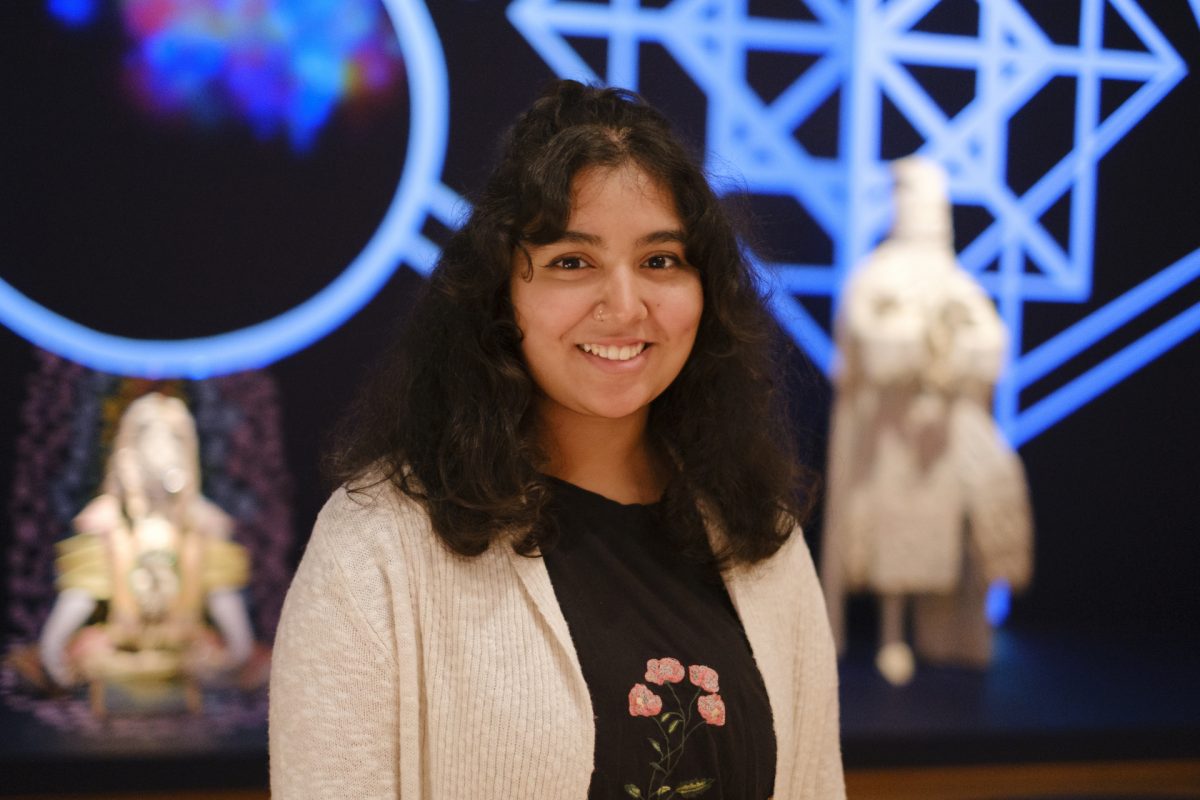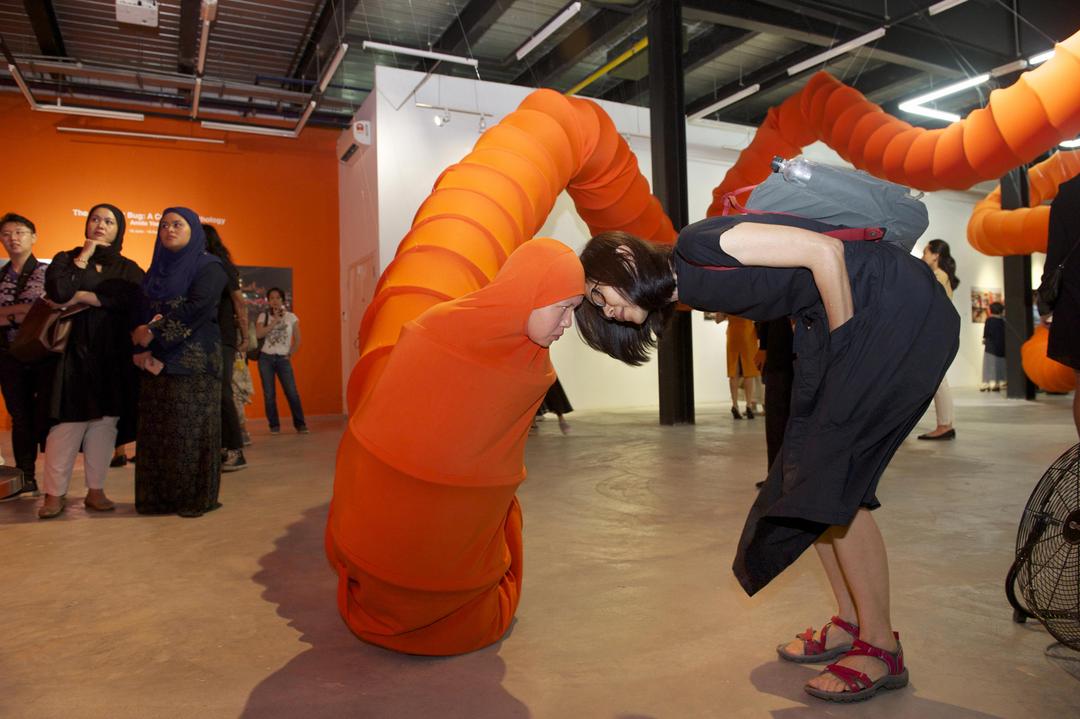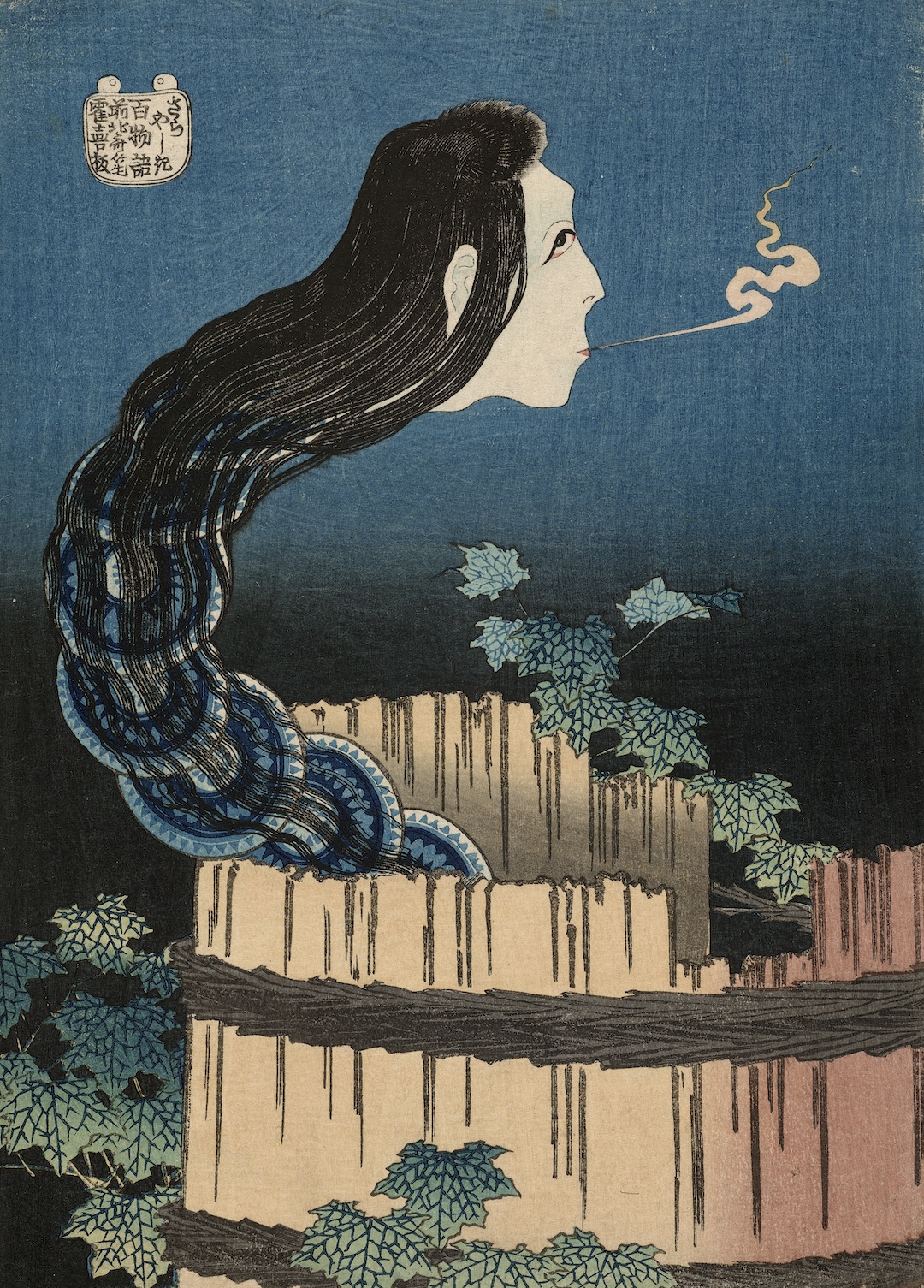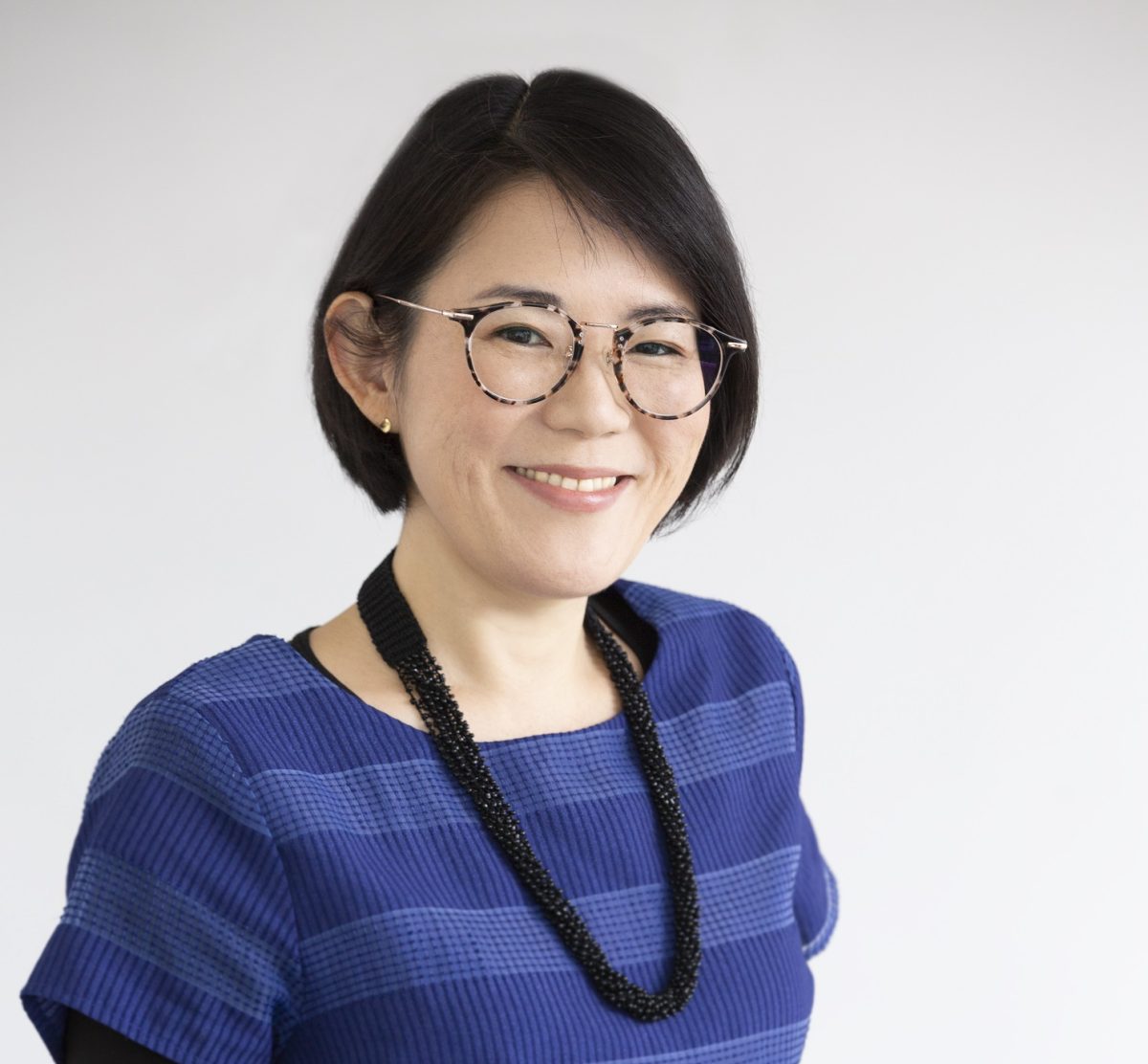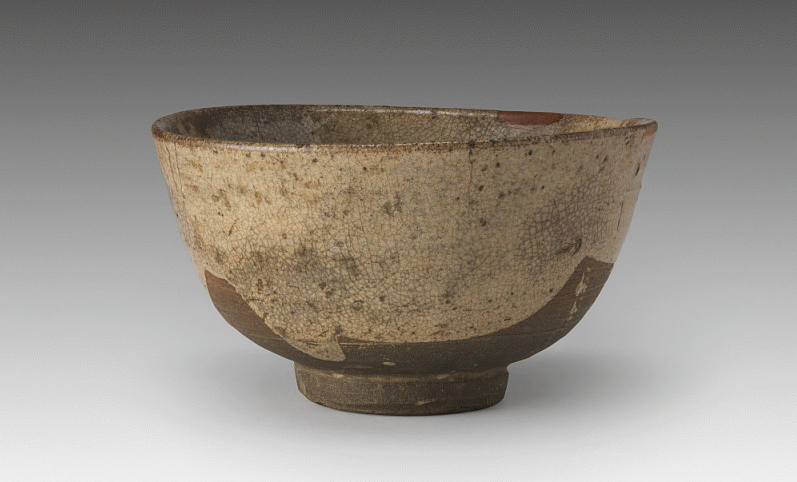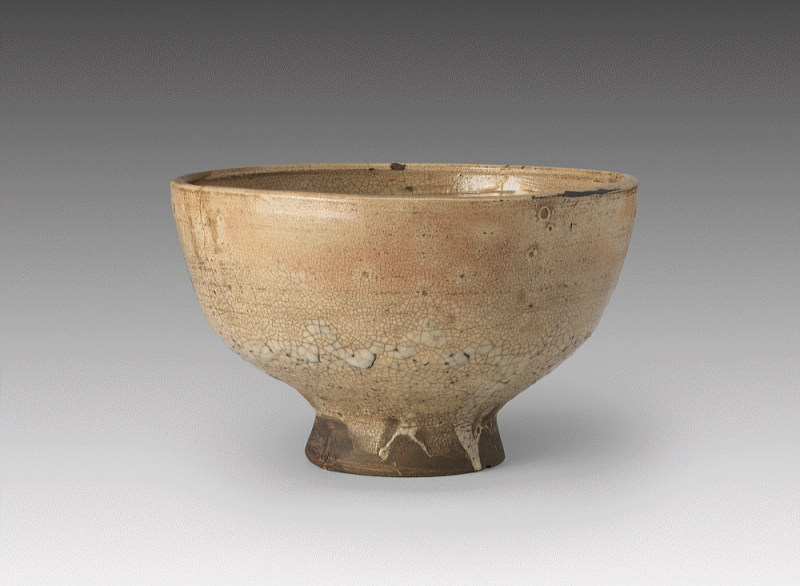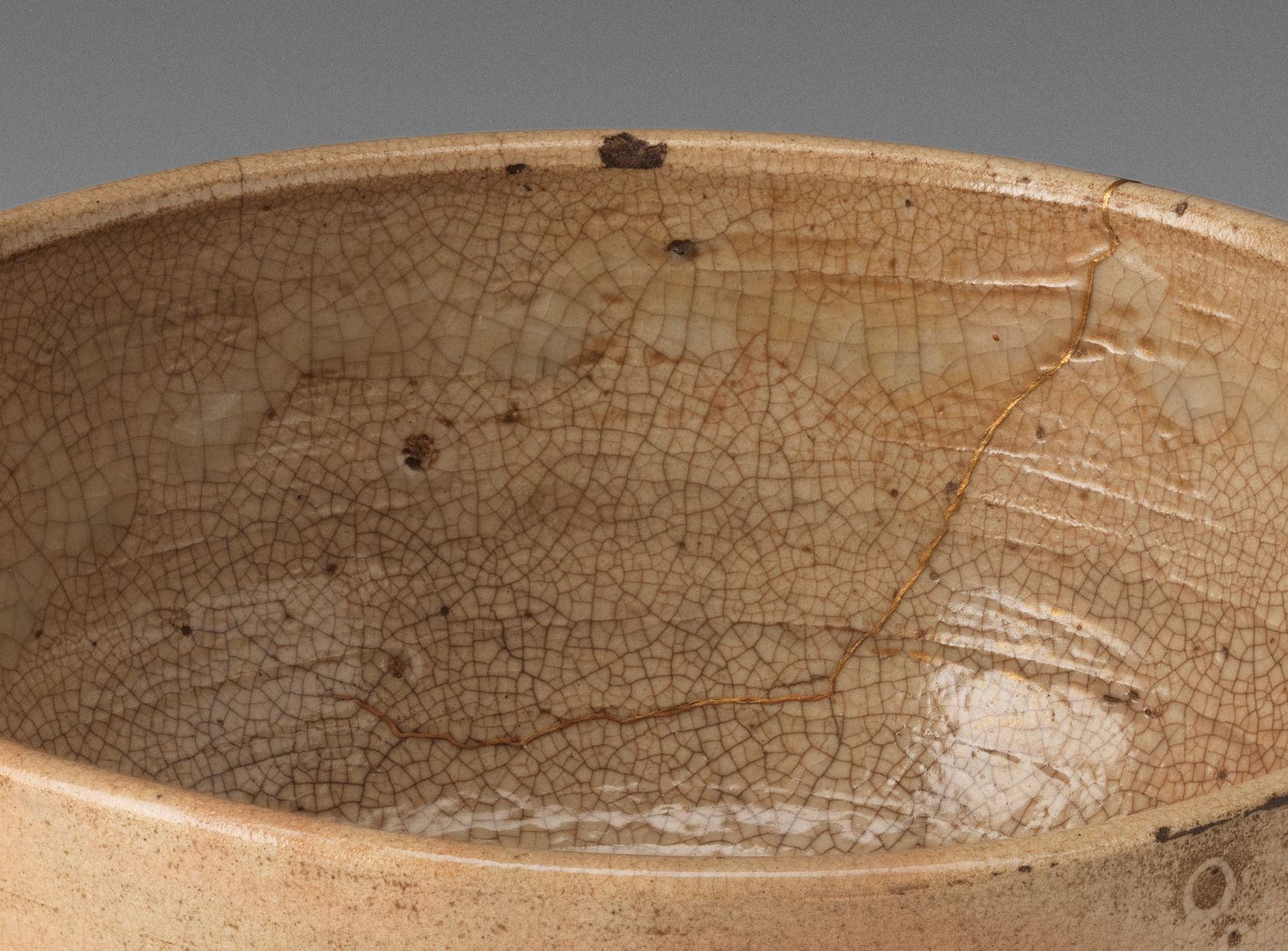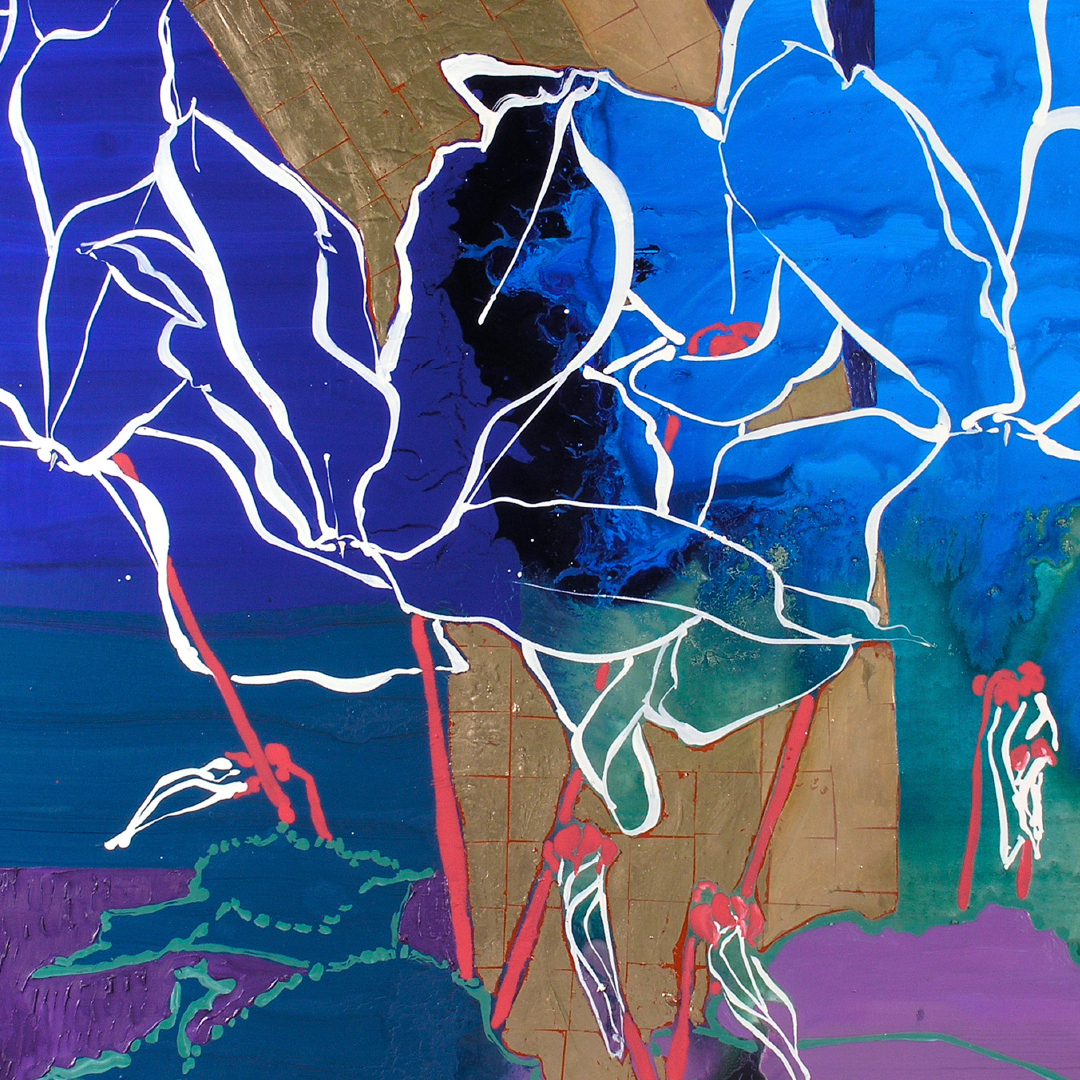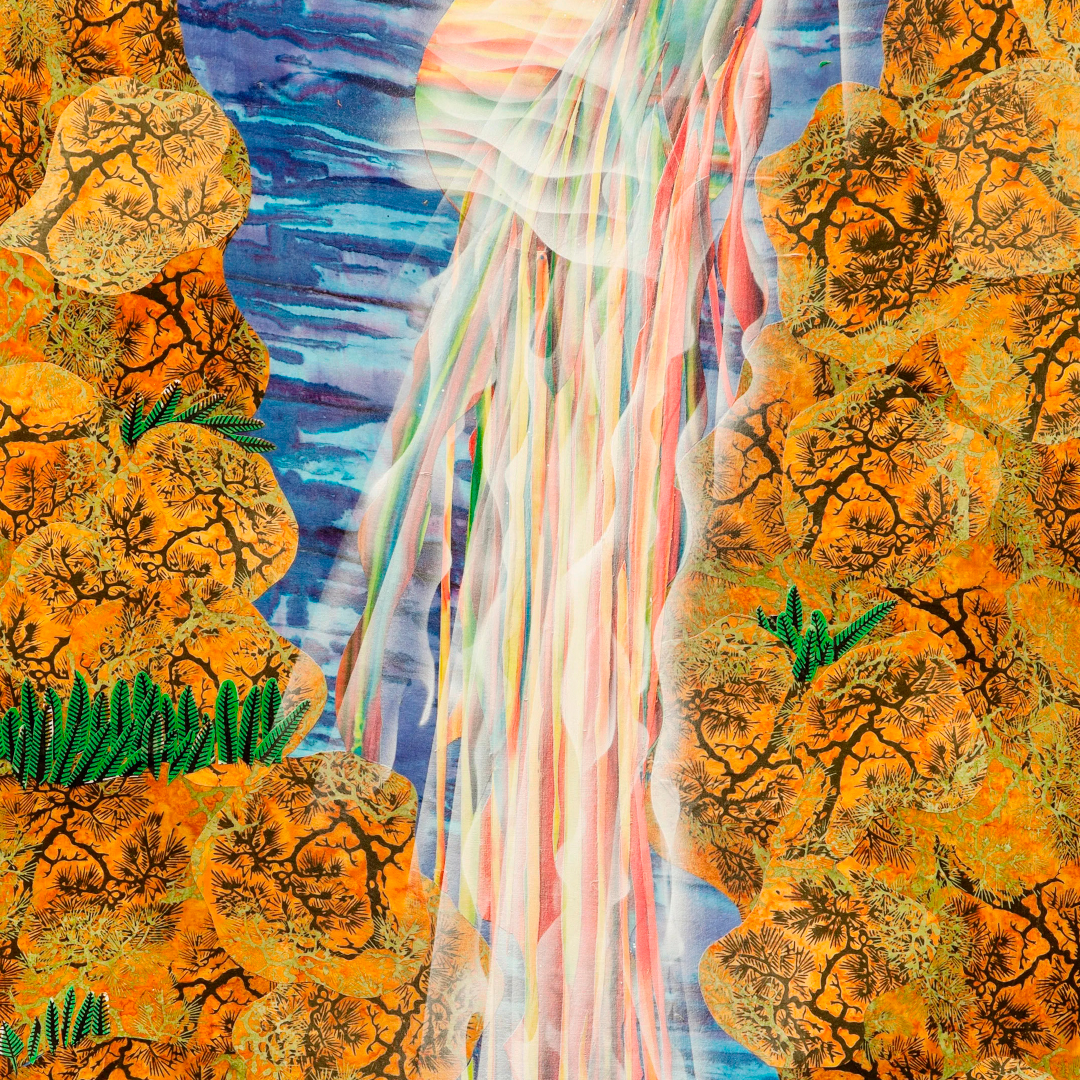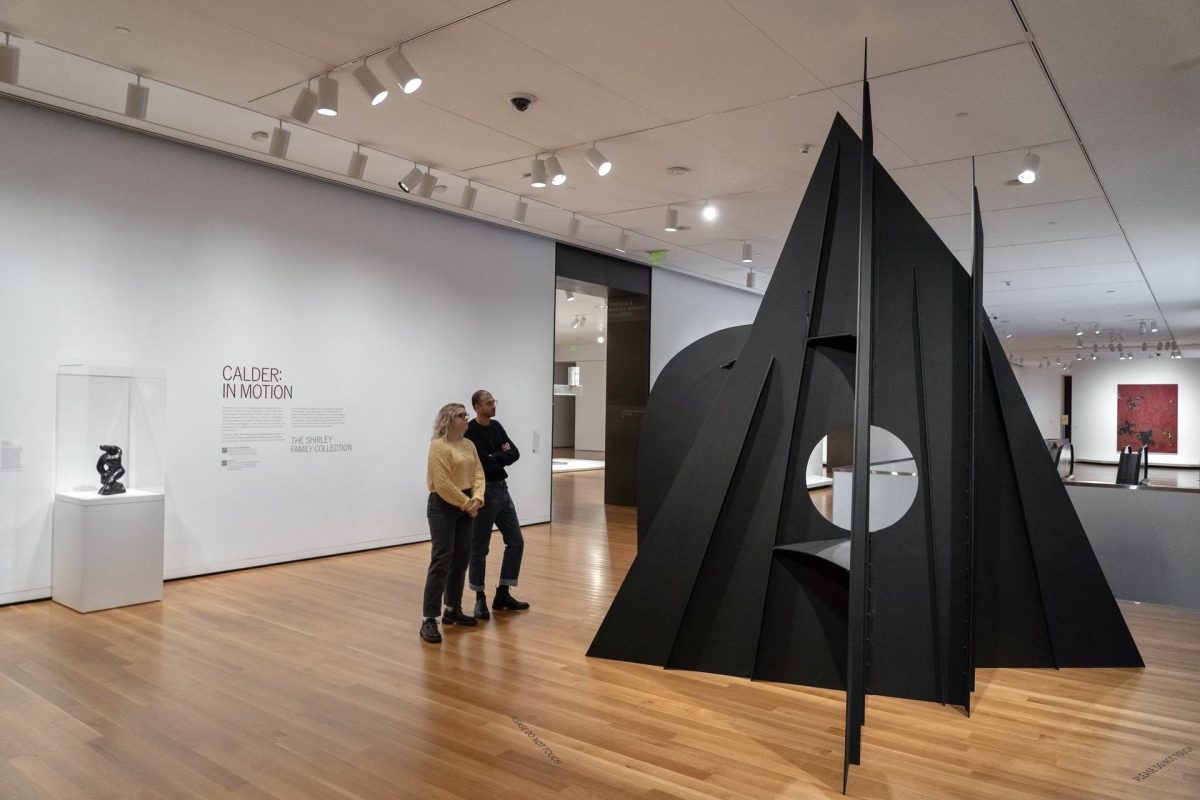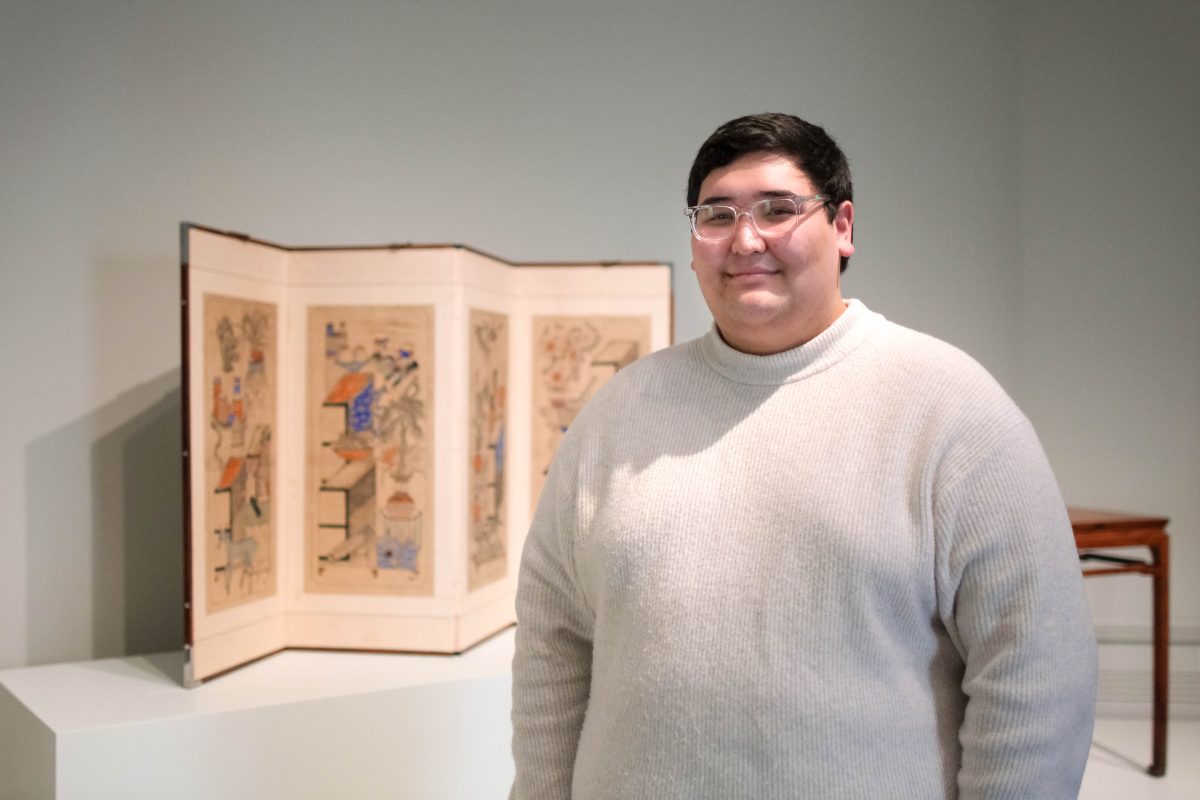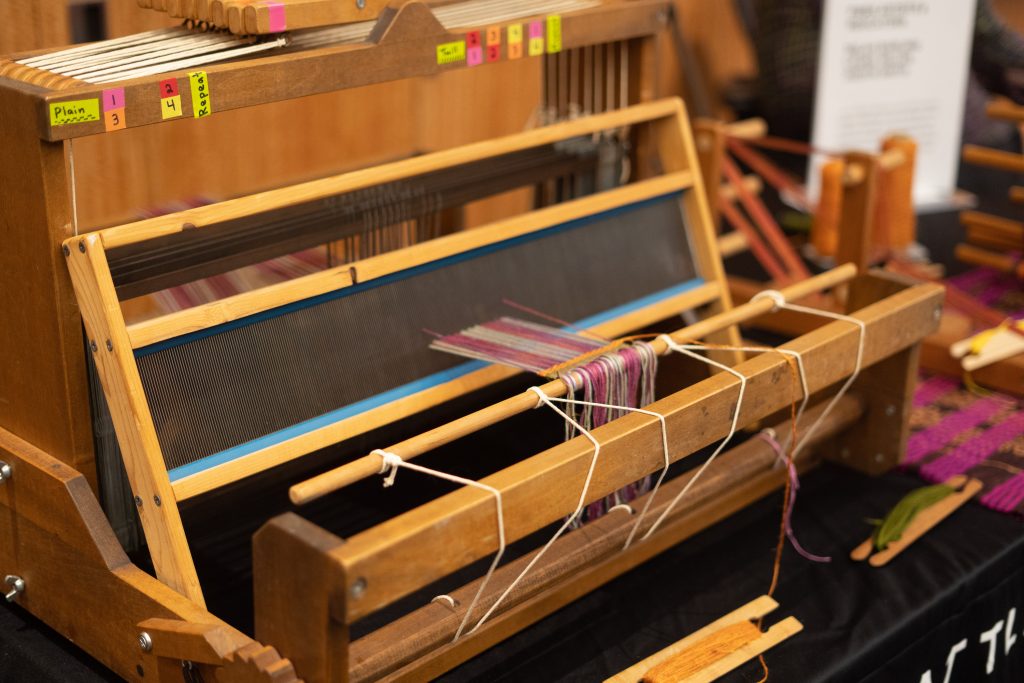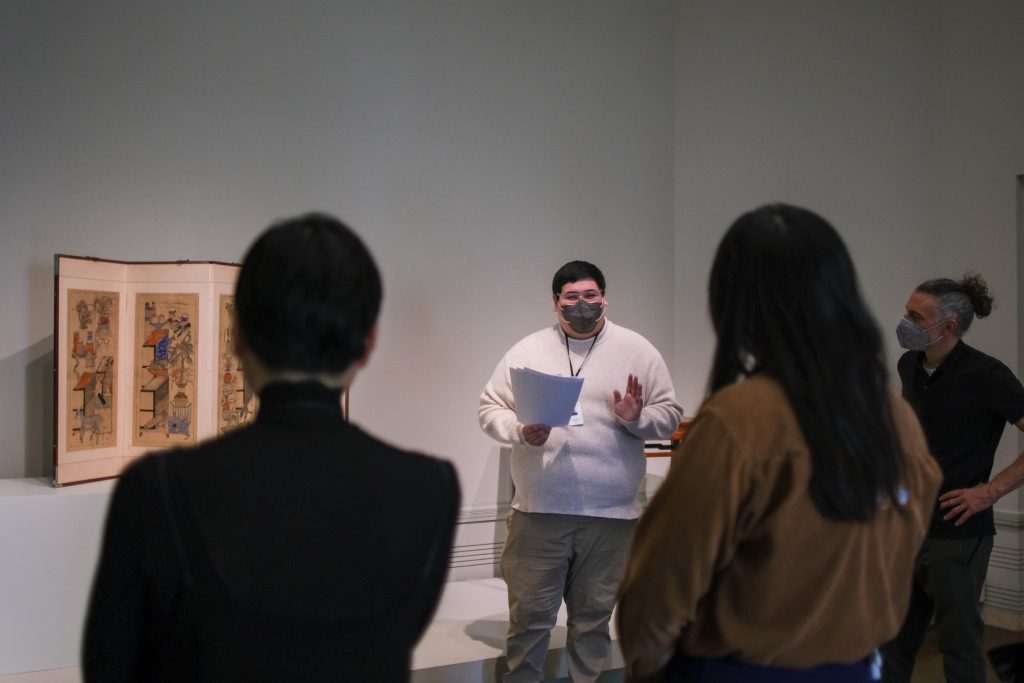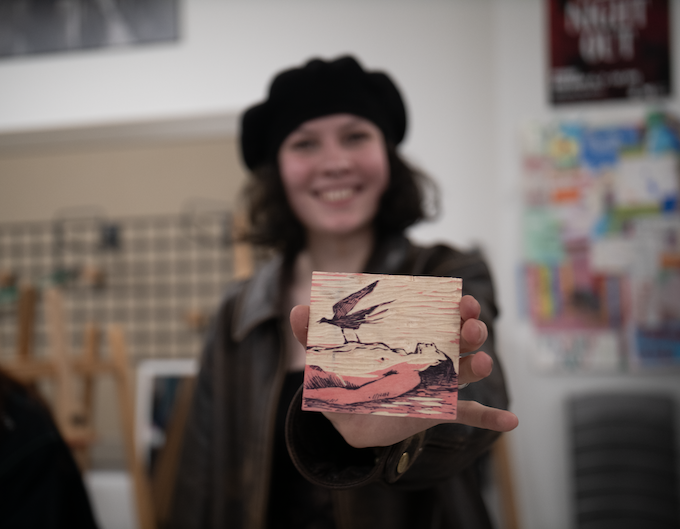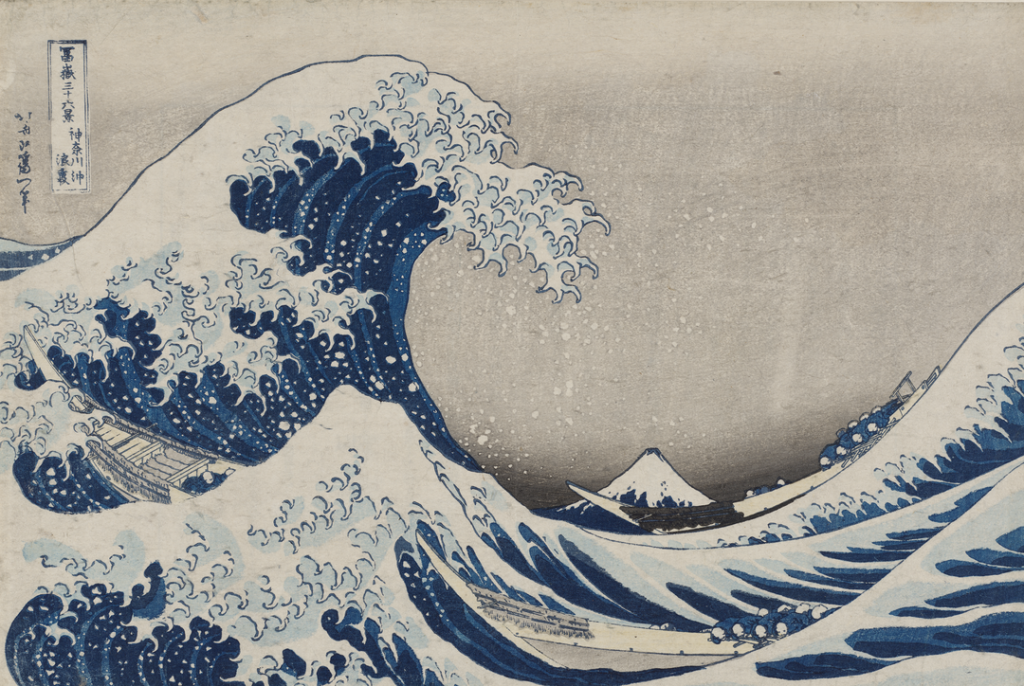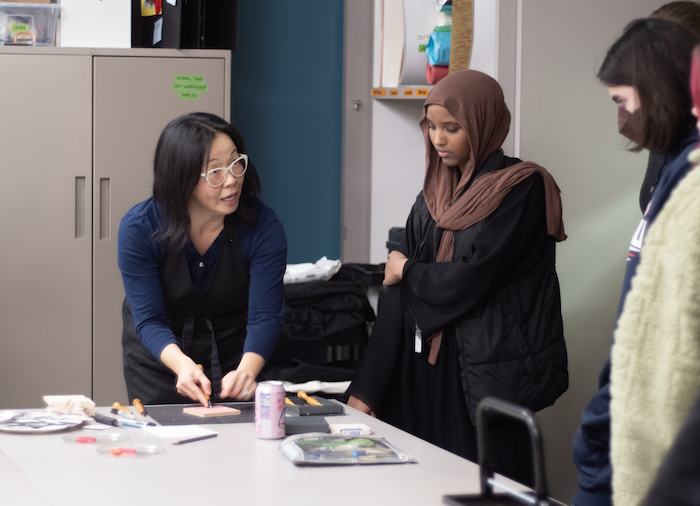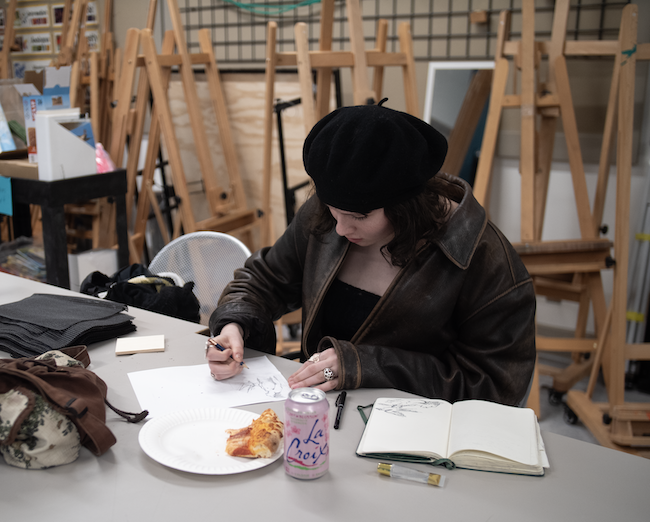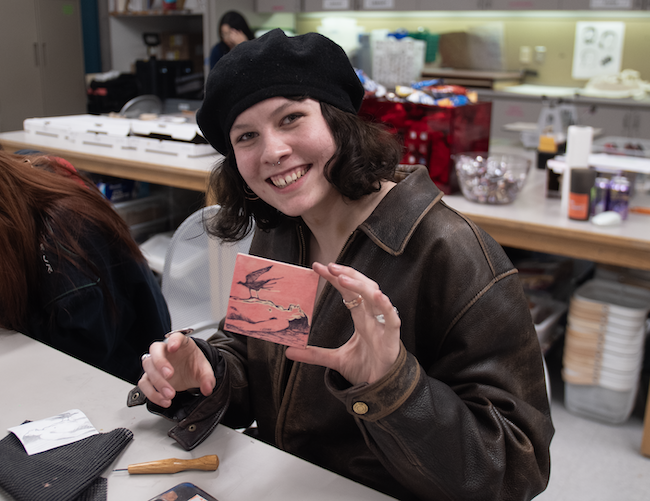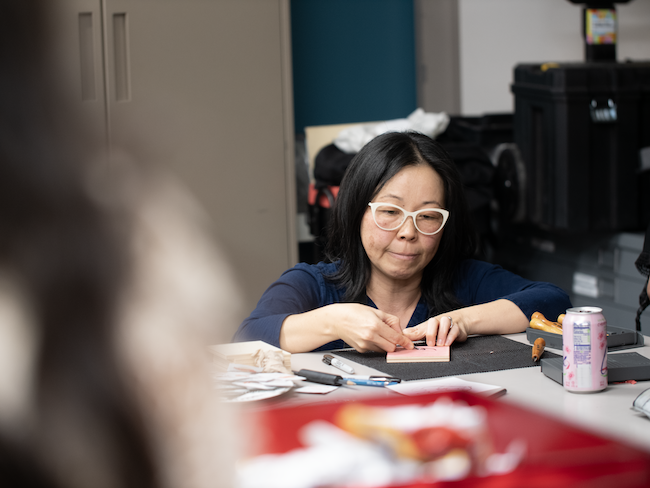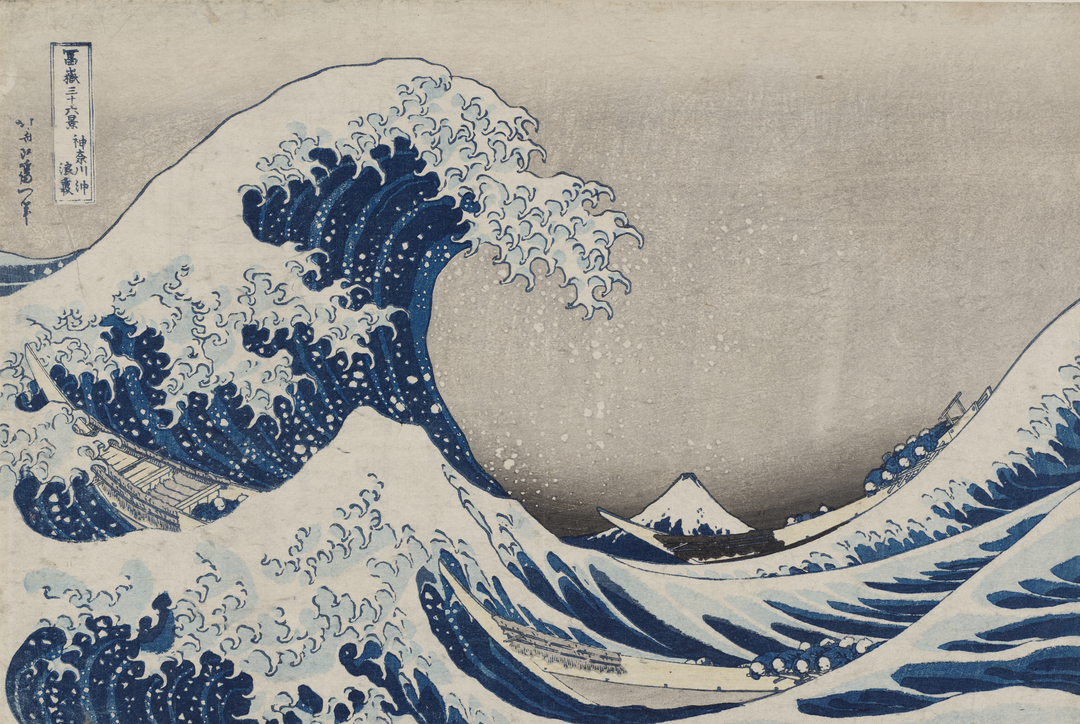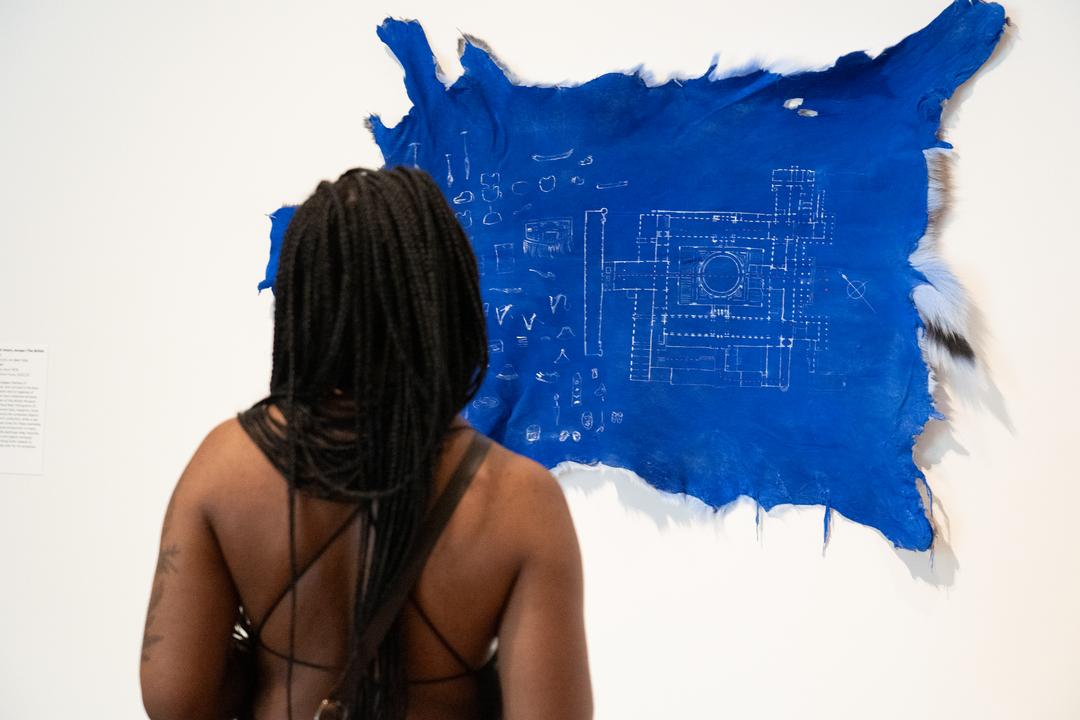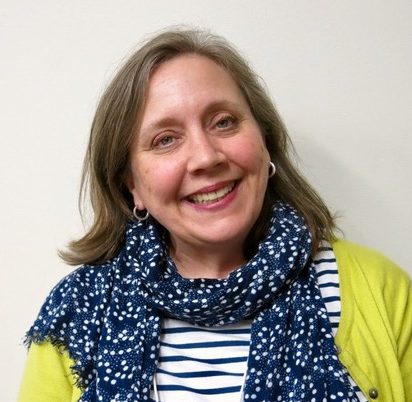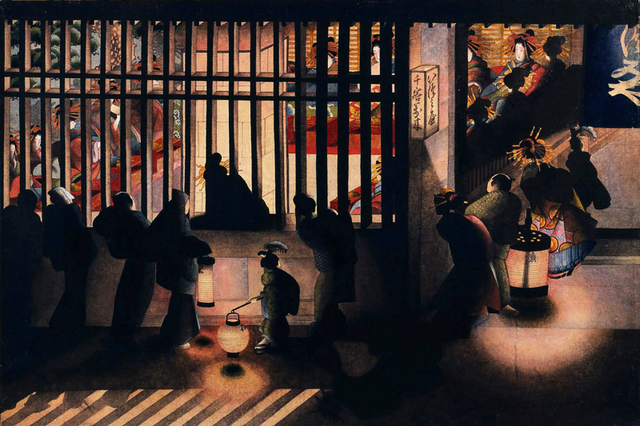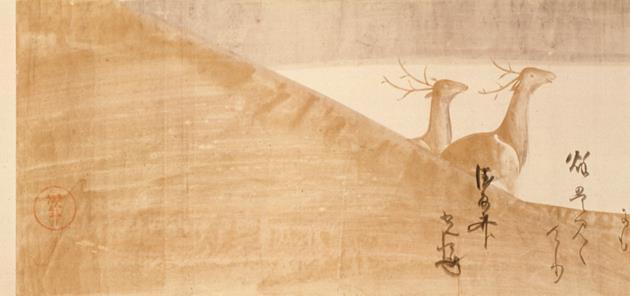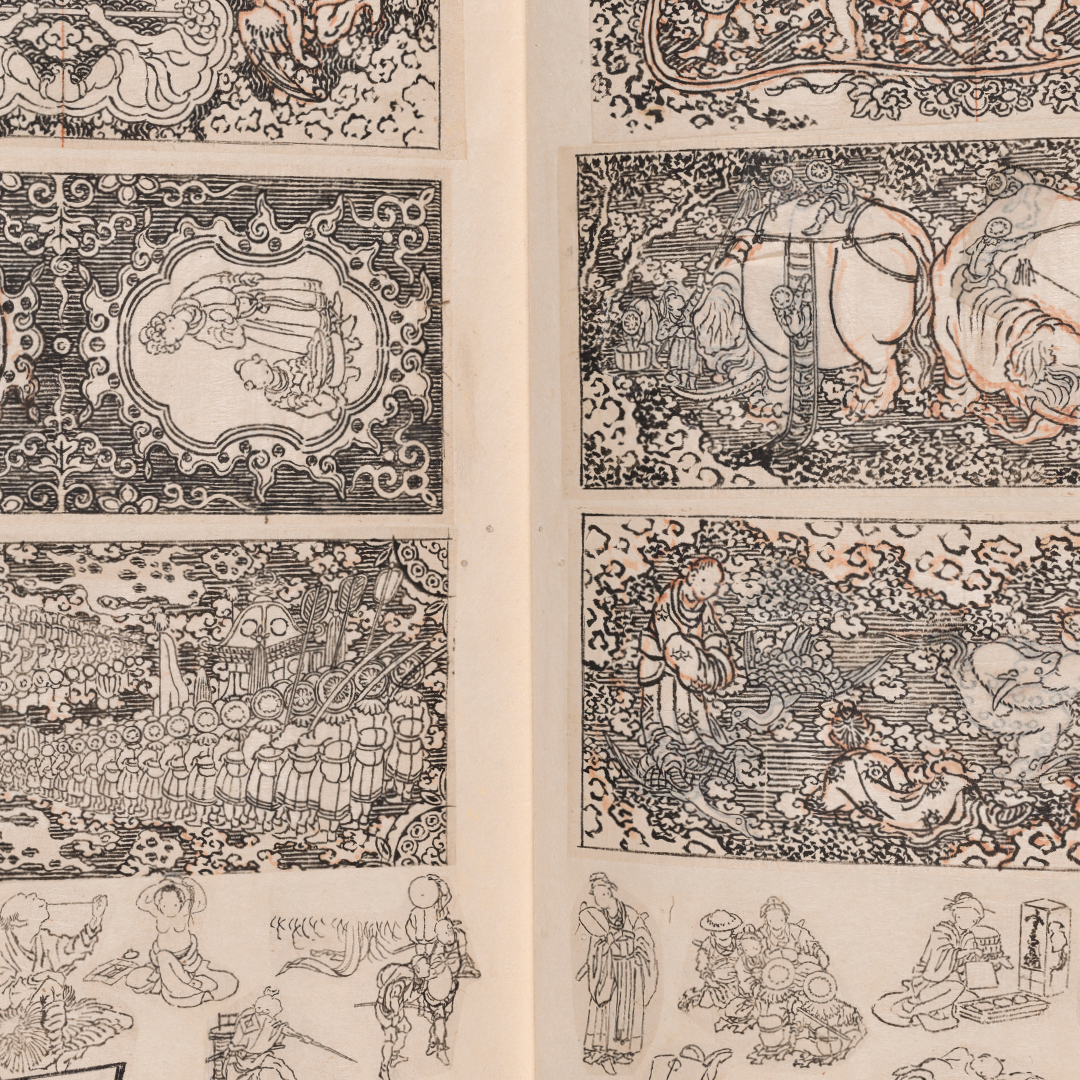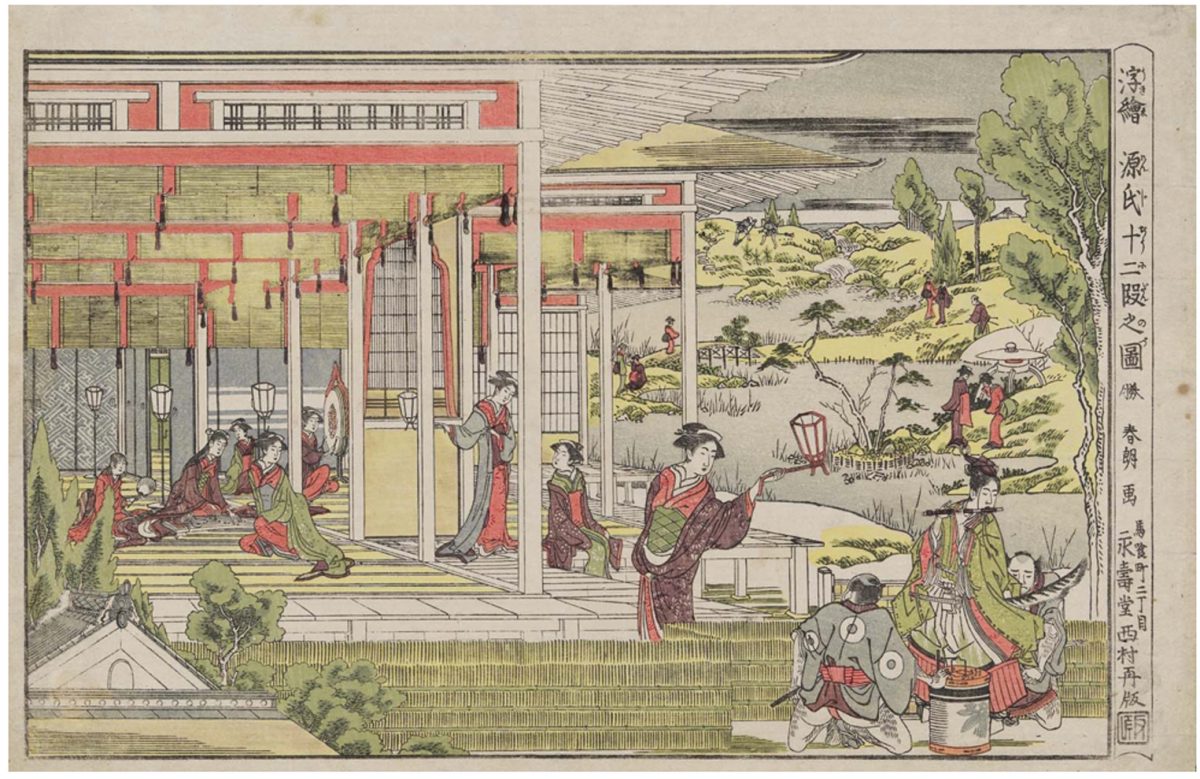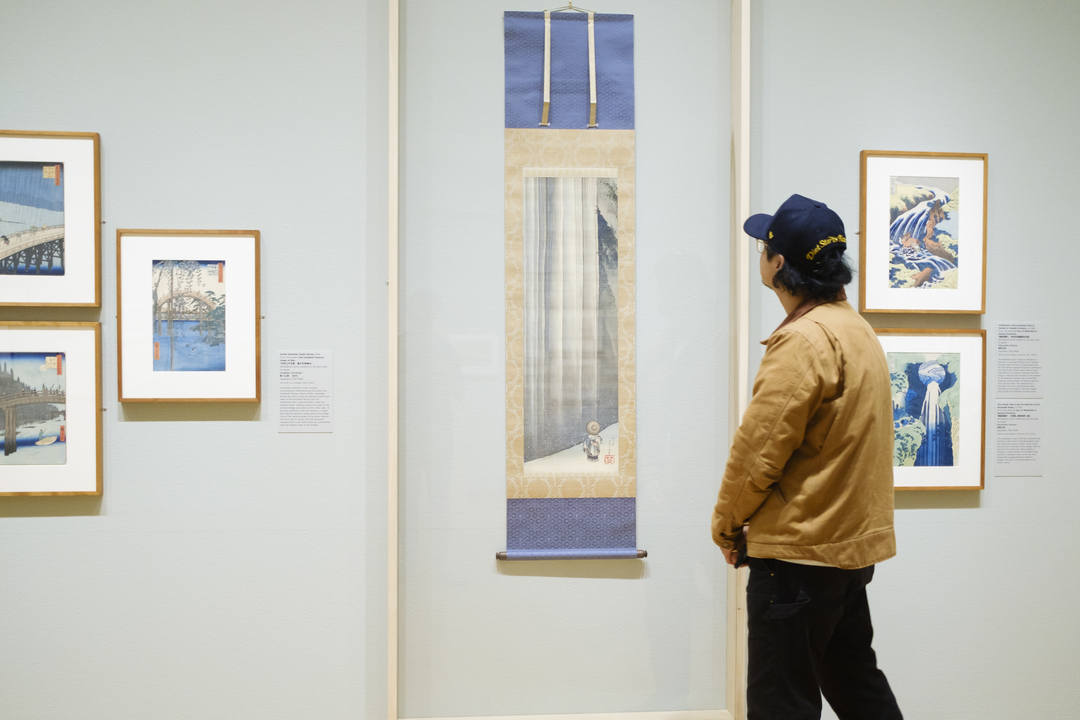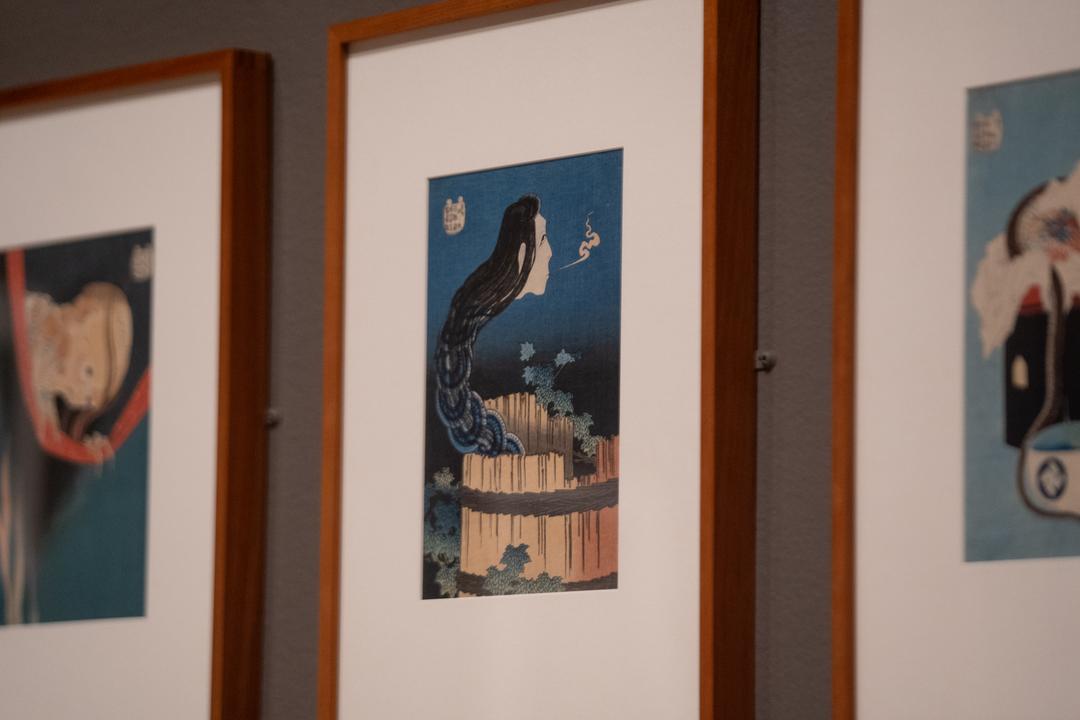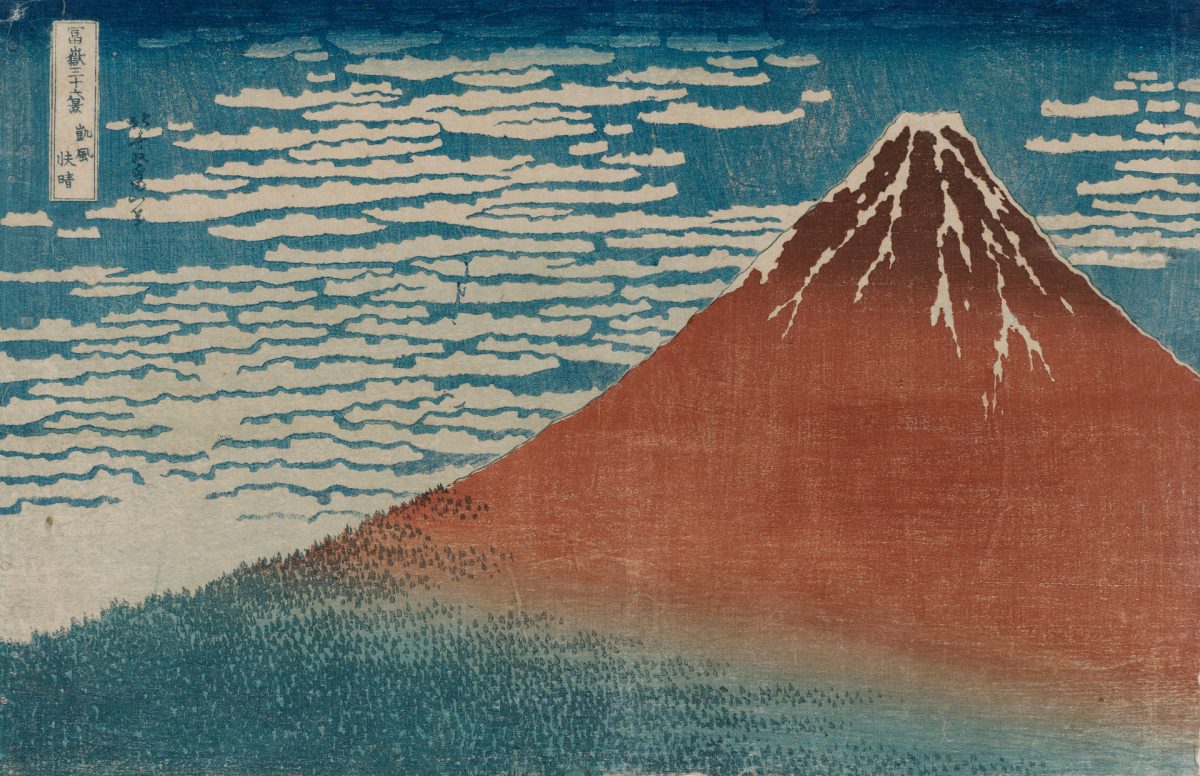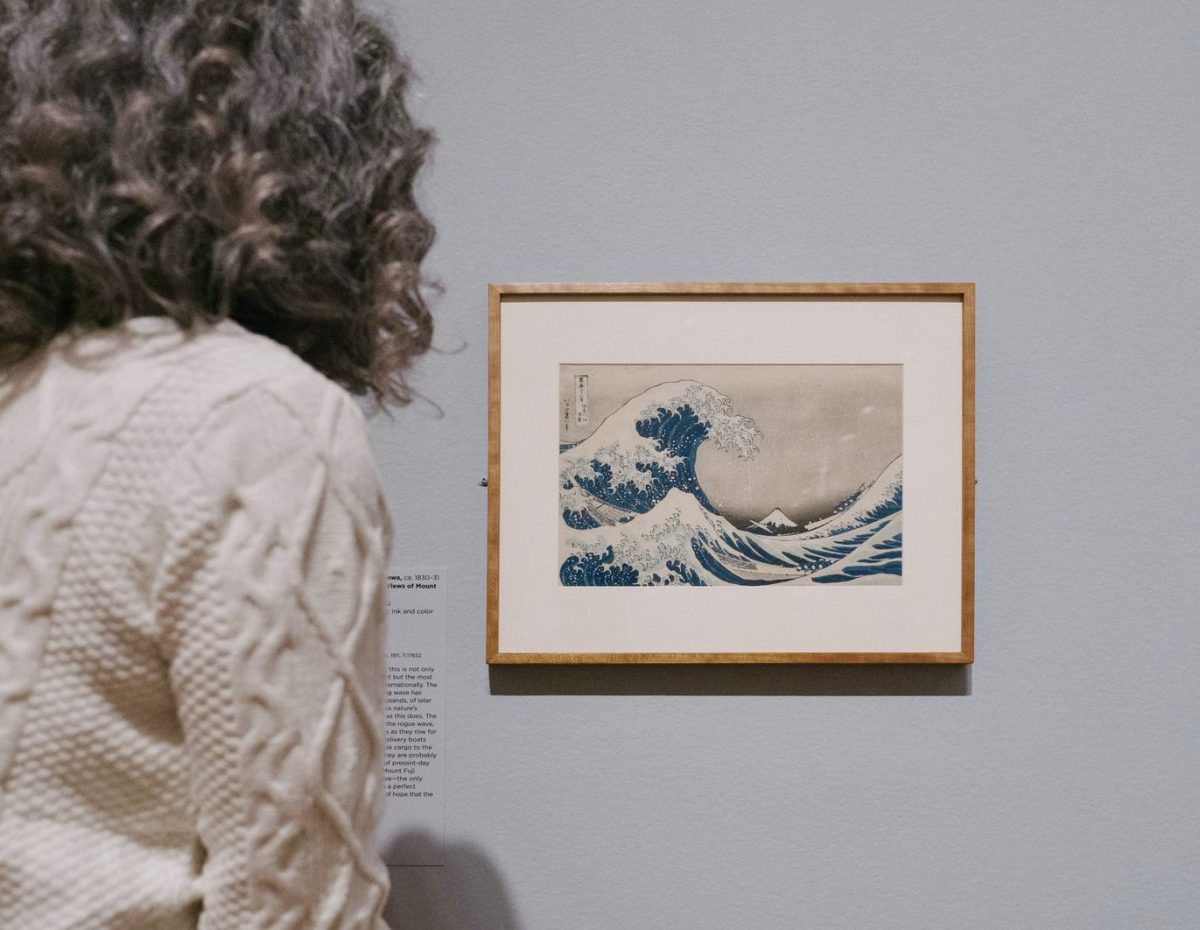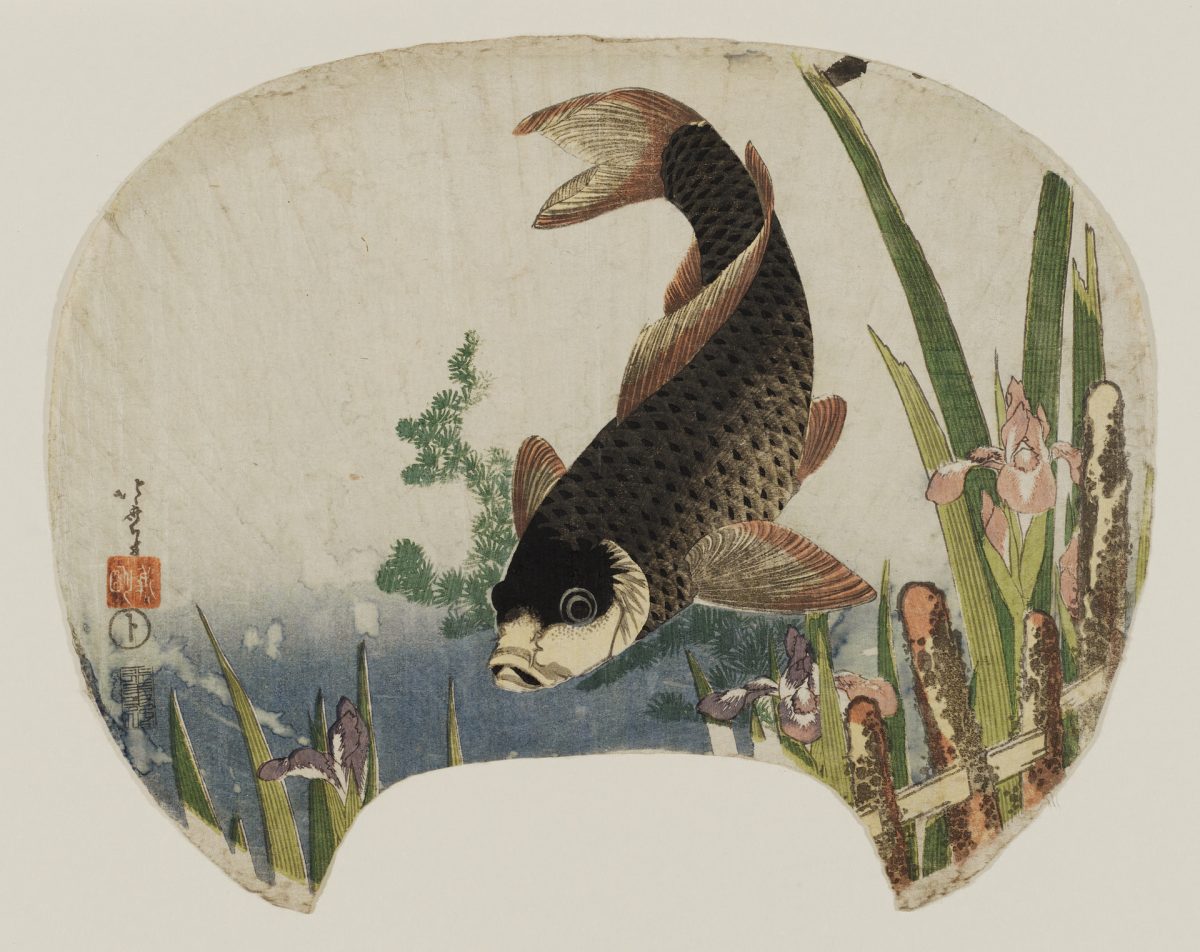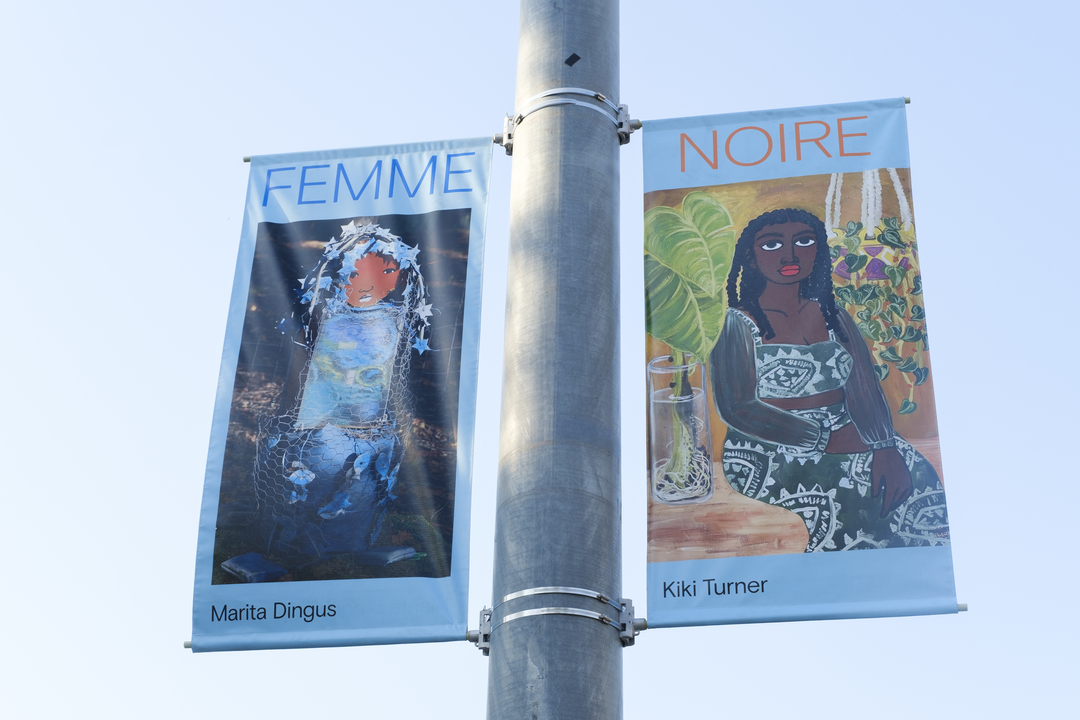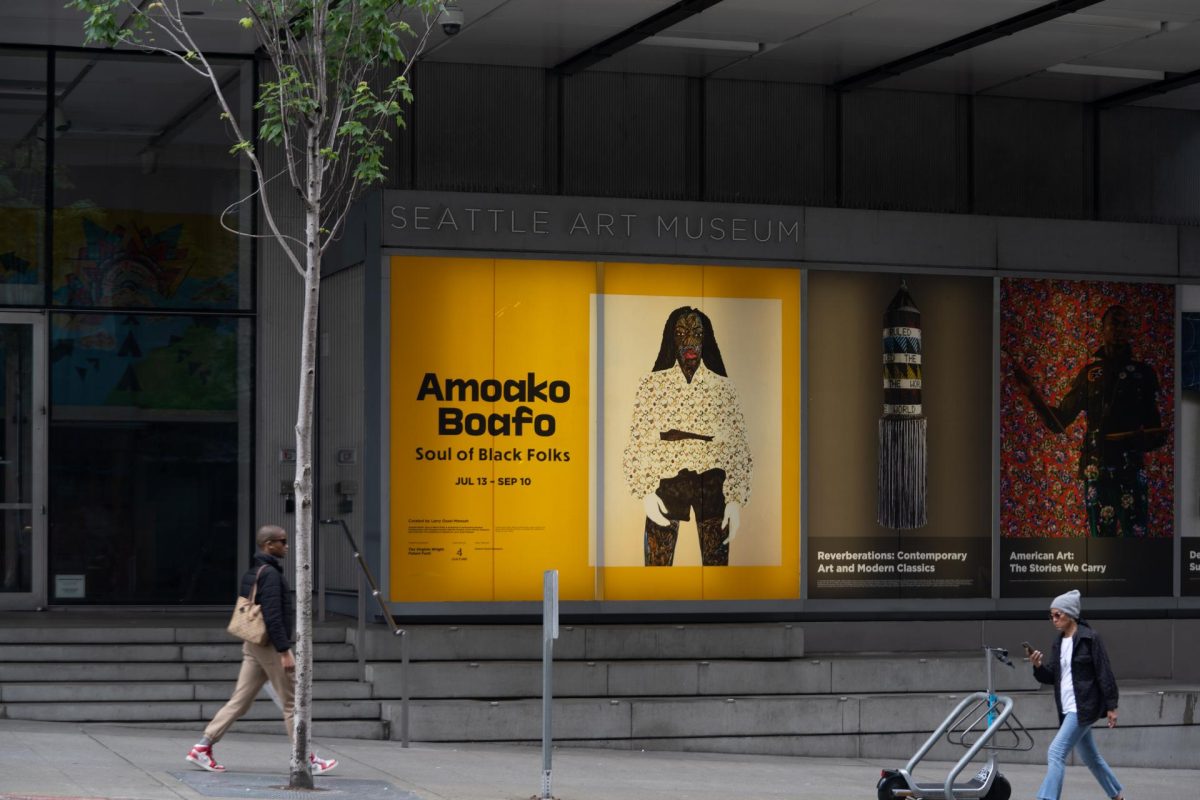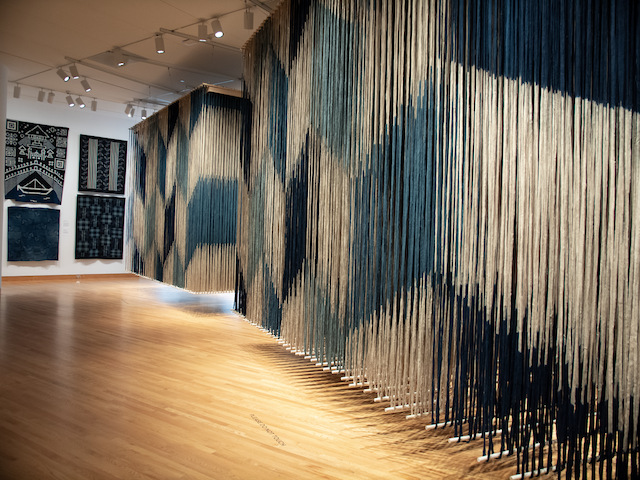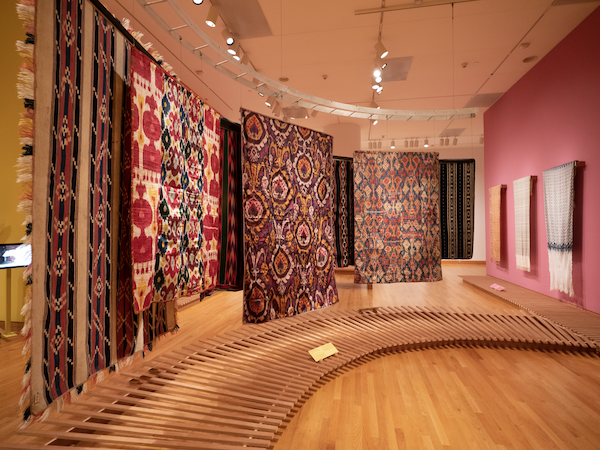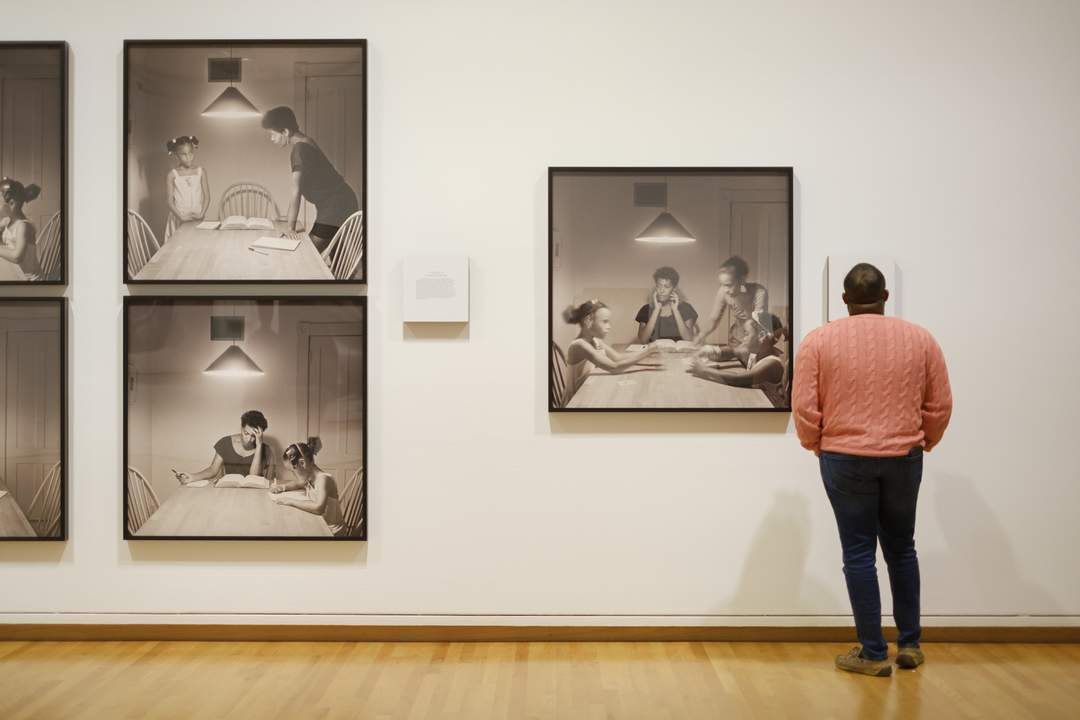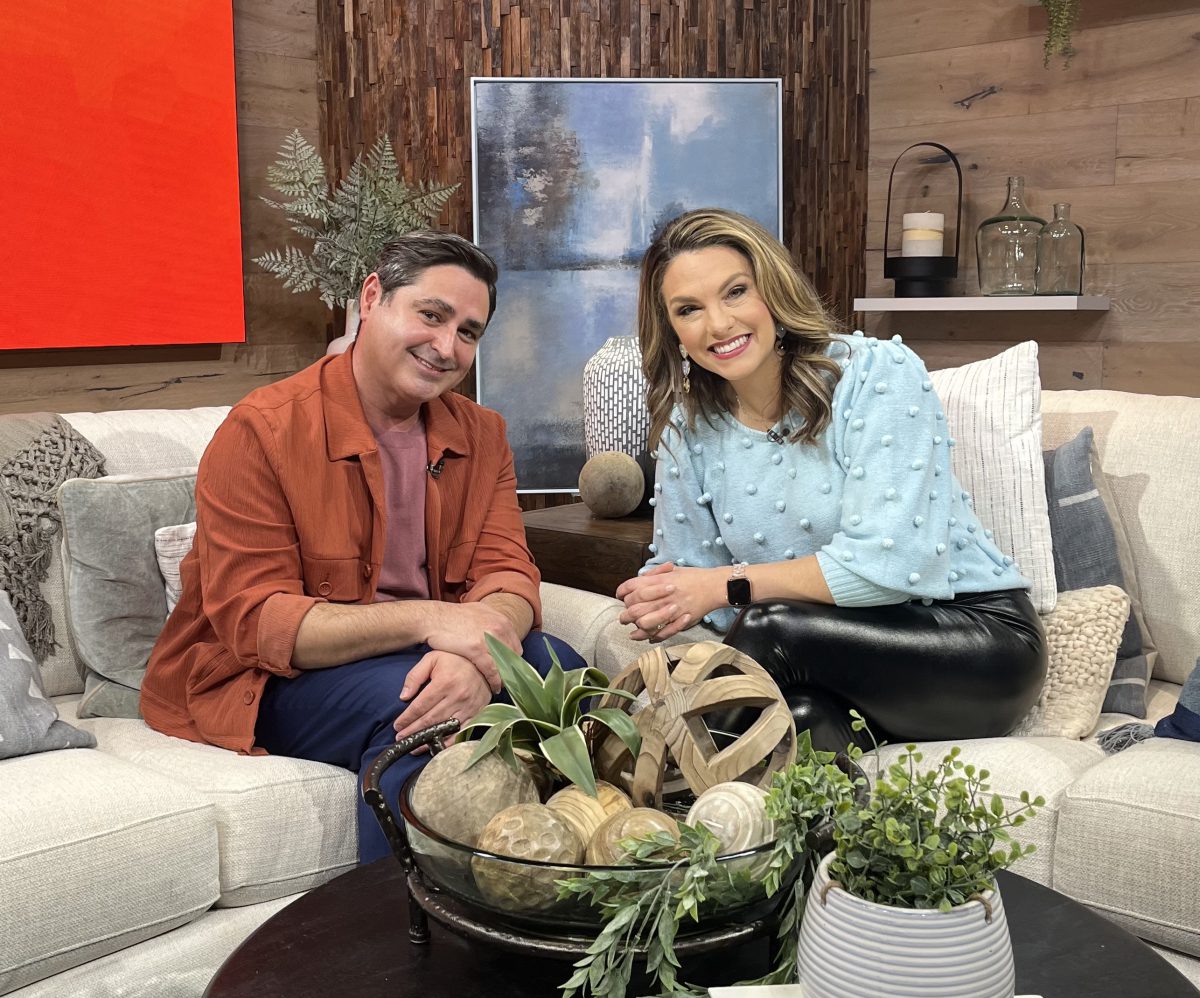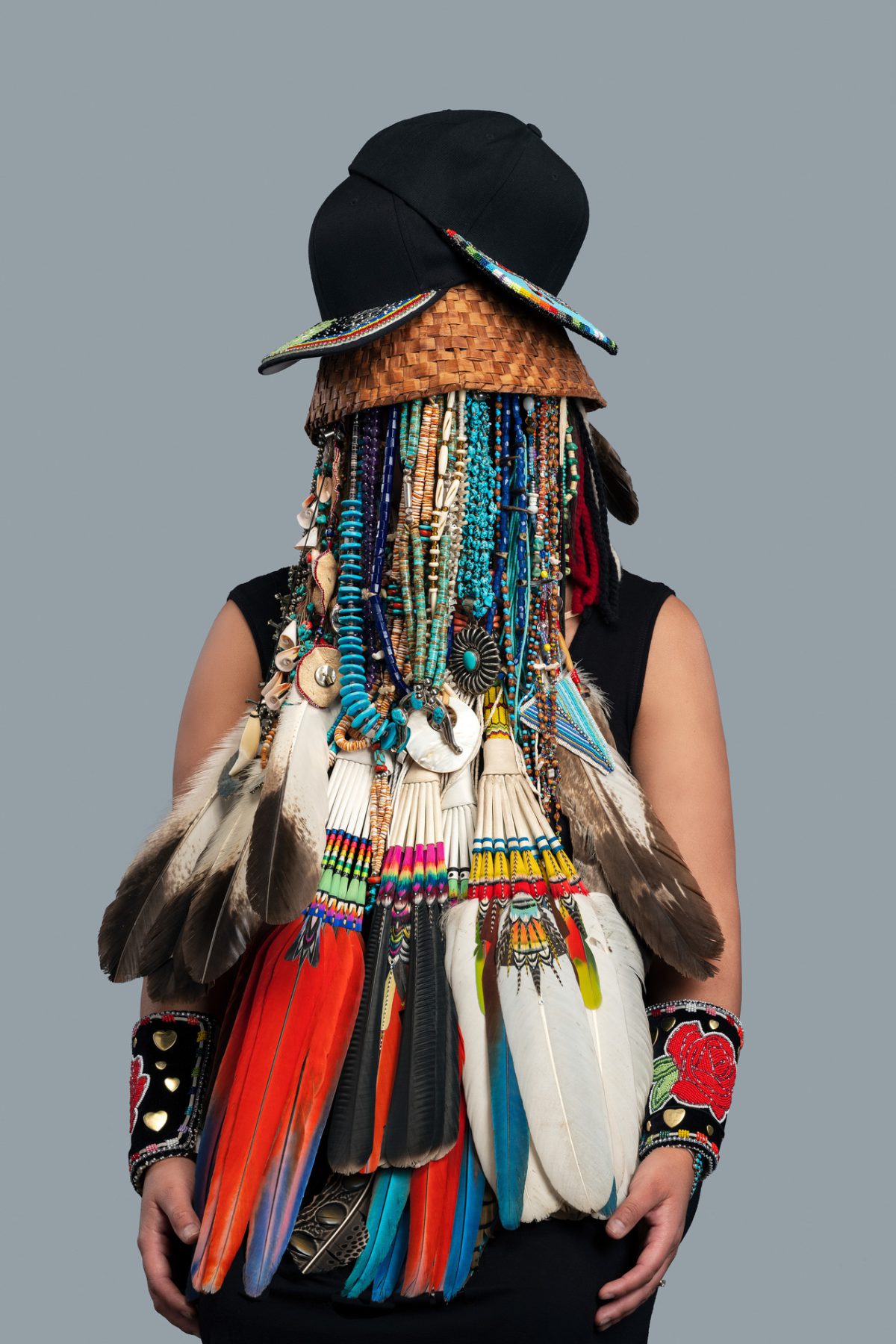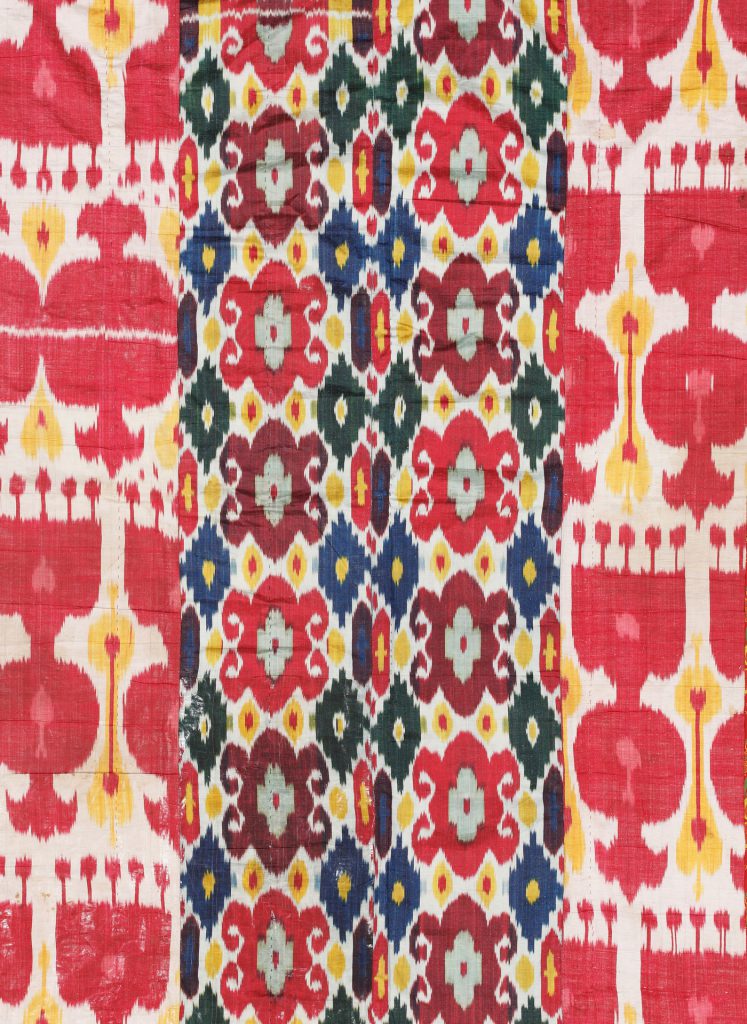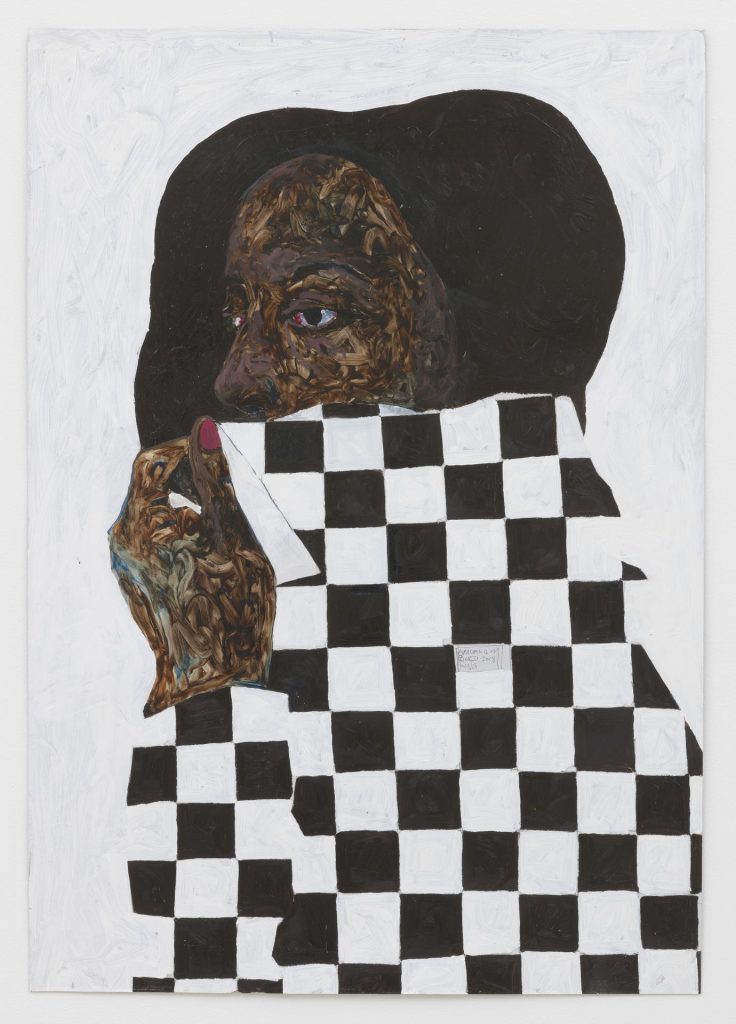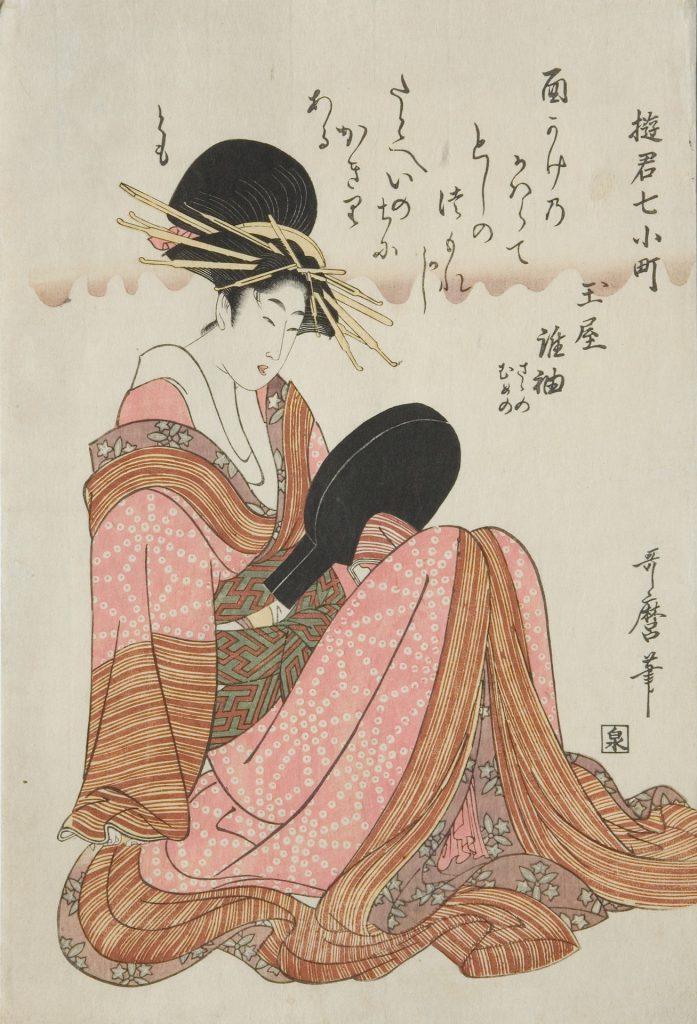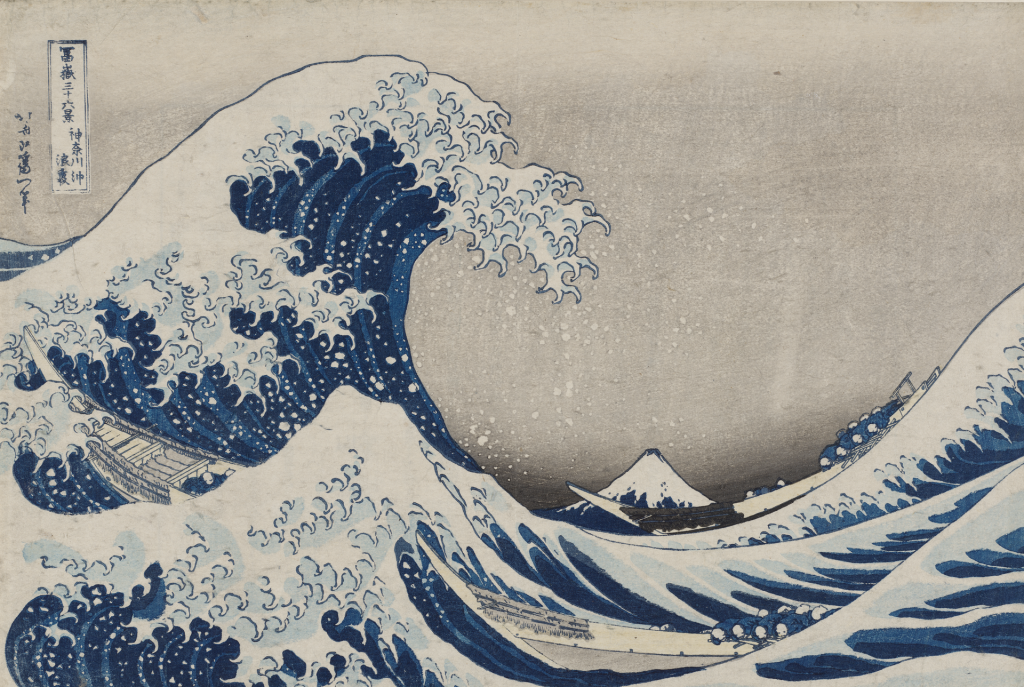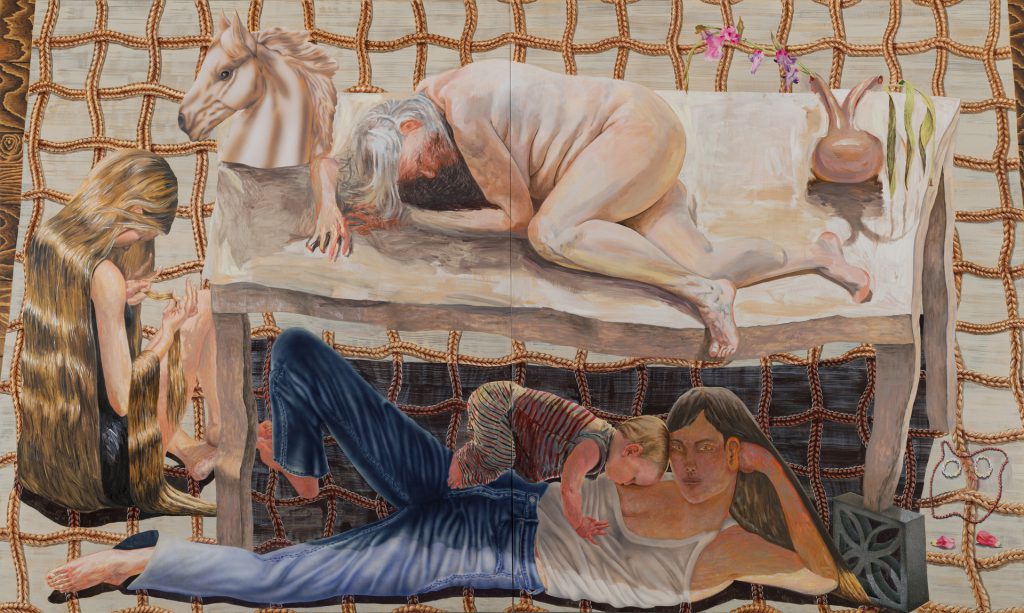Improving Your Museum Experience with Technology: Emerging Arts Leader Shuprima Guha Reflects
I’ve always enjoyed spending time in art museums. With ambling hallways and multiple rooms featuring a variety of historic and contemporary art, it’s the excitement of not knowing what I’ll discover next that first got me interested in working at one. I joined SAM with the intention of learning more about how different museum departments come together to facilitate ideas. Suffice to say, I checked off this goal during my first few weeks at SAM.
As an interpretation intern, I learned how SAM uses technology and verbal descriptions to improve accessibility for different audiences at the Olympic Sculpture Park. Verbal descriptions explain a work of art in terms of its color, size, texture, and other features so that individuals with low or no vision can better experience the piece. I developed the skill of writing for auditory purposes in this process. Conducting research on the most inclusive ways to approach writing these descriptions—along with the continuous feedback provided from the rest of the verbal description team—helped me overcome this learning curve of shifting from writing for reading purposes to writing for listening purposes and led me to produce some of my best work.
While conducting this work, I began to ask questions about the smartphones that museum visitors can check out while browsing the galleries—part of SAM’s effort to improve in-gallery accessibility. This led to important conversations about how we envision visitors interacting with these devices and what museums can do to support such interactions (thank you to the visitor experience team for their expertise). Beyond these tasks, I also helped in developing the interpretive elements of Hokusai: Inspiration and Influence from the Collection of the Museum of Fine Arts, Boston, including the touch cart, in-gallery guide, and the digital collage interactive.
The support I received from the museum’s staff, security, volunteers, and my fellow interns played a tremendous role in how I approached my work. Asking questions to people from different departments created a system of support in which I knew everyone at the museum was eager to help. From isolating digital elements of Hokusai prints with the design team to prototyping a touchscreen interactive with staff from multiple departments, I believe collaboration was essential to my time at SAM. Deciding which topics to research and conducting meetings related to the Hokusai interactive taught me about not only project management, but also about Japanese culture and history. In writing the guide the exhibition’s interpretive touch cart, I also became familiar with the materials used in Japanese woodblock printing—thank you Jessica and Sorrel for your help!
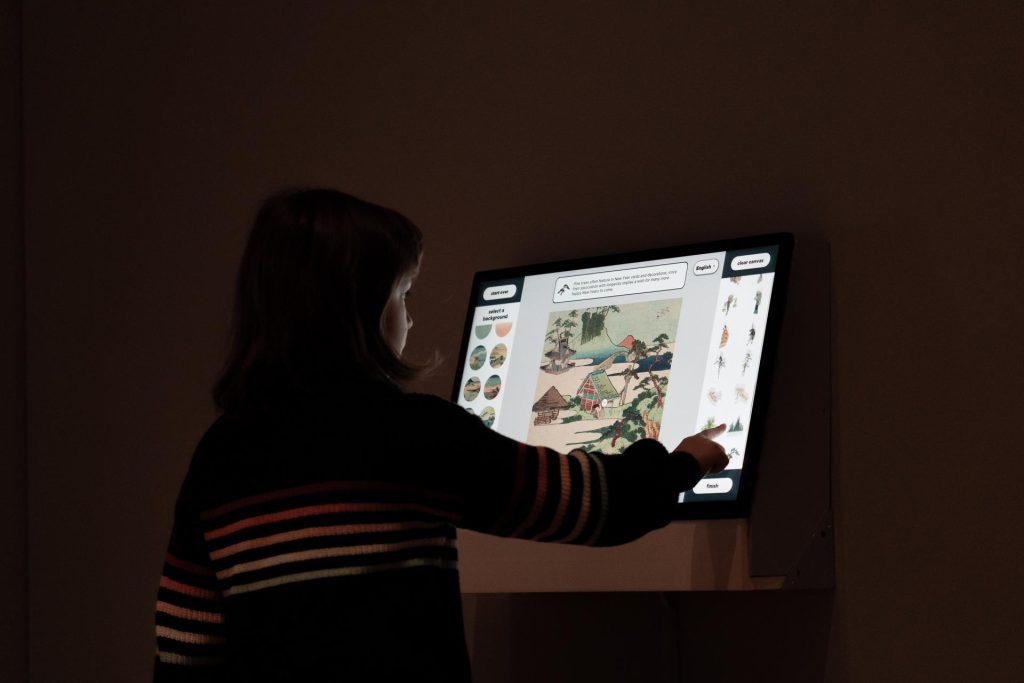
As I began my SAM internship, it was exciting to see all of the tasks that SAM’s staff had planned for me; there was so much to do and so little time! Prioritizing tasks was one of the most important skills I developed. Although each new day was filled with exciting events and meetings, I made important decisions on which ones I attended and which I did not to ensure I could independently complete my tasks within a timely manner. Another skill I learned through this internship was networking. I learned how to ask questions about different staff members’ experiences and took advantage of the opportunity to get to know new people in the office, kitchen, elevators, and galleries. These skills are something I will carry forward in my academic and professional life.
This internship showed me the initiatives the museum takes in making art accessible to visitors— something that I am particularly passionate about. Knowing that so many people care about the same things gives me immense hope for the future of museums. From accompanying docent-led tours to conducting surveys in the galleries, I learned how to engage with the public and lead conversations about art. As someone who has always been a bit hesitant to voice my opinion in large groups, my newfound confidence and eagerness to speak in public is one of the most valuable lessons I learned at SAM.
None of this would have been possible without the support of my incredibly supportive and encouraging coworkers. I want to particularly thank my supervisor, SAM Educator for Digital Learning Ramzy Lakos, whose creative ideas played an integral role in shaping my SAM experience. His optimism and sense of humor always made even the most challenging task feel simple. I want to thank everyone on the education team as well. Their excitement about the museum’s future shines through in everything they do. Lastly, I am grateful to everyone who I reached out to at various points in the last few months: thank you for making me feel like a part of the SAM community. I look forward to carrying these experiences into the next step of my career.
– Shuprima Guha, SAM Emerging Arts Leader in Interpretation
Photos: Alborz Kamalizad.
